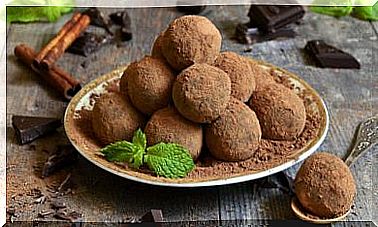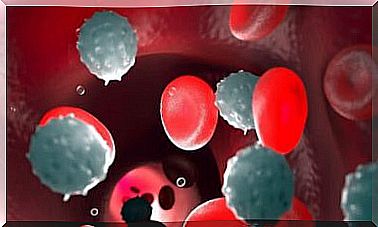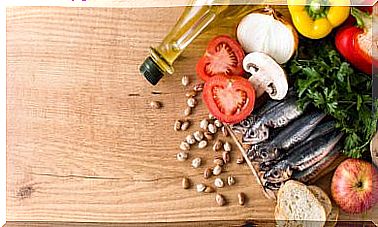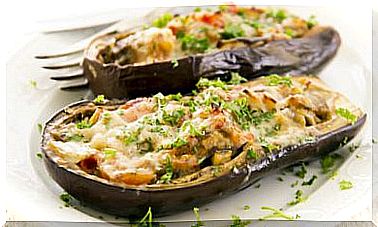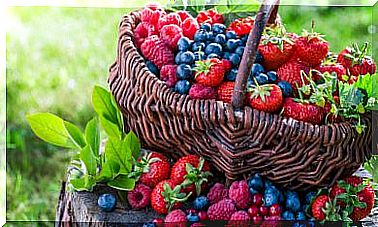Fruits, Vegetables And Vegetables That Contain Protein
Fruits and vegetables are not the main sources of protein in the diet. However, some contribute to obtaining optimal doses of this nutrient, especially within the framework of a healthy and varied diet.
On the other hand, its consumption contributes to obtaining vitamins, minerals, fiber and antioxidants. In addition, they contain water and make a significant contribution of carbohydrates. Are you interested in knowing them?
Fruits that stand out for their protein content
Within any healthy and varied eating plan it is necessary to incorporate fruits. Specifically, its beneficial properties are due to its contribution of plant nutrients, which have various effects on the body. In turn, the general recommendation is to consume around 3 pieces a day, in different colors.
Dried figs
As it is a dried fruit, it contains a slightly higher amount of carbohydrates and proteins than fresh ones. The same goes for dried apricots or plums. In particular, dried figs have 3.3 grams of protein per 100 edible portion.
Although there are those who prefer to exclude them from the diet due to the proportion of sugar they have, they are not considered a bad option for health. On the contrary, they can be used to sweeten yogurts, sweets or mueslis without using table sugar.
Coconut
Next on the list of fruits with the most protein is coconut. Every 100 grams provides up to 3 grams of protein, which can be considered high for a fruit. This is the amount that we find in coconut pulp, but not in water or milk.
In addition to representing a good protein intake, in recent years its possible effects on health have been studied. For example, the fiber found in the pulp is given antibacterial, antiparasitic, and anti-inflammatory properties.
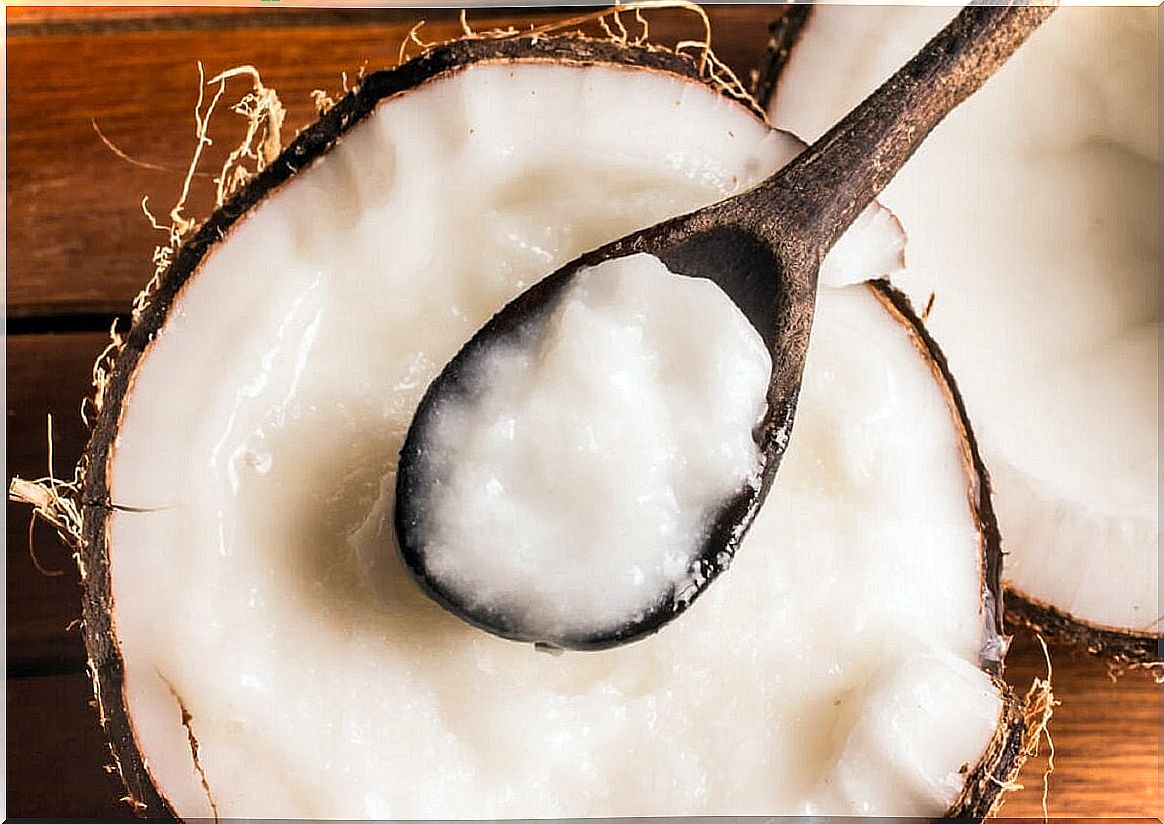
Passion fruit
It is also known as “passion fruit”. It is of tropical origin and is considered a fruit with an interesting contribution of protein; To be exact, 100-gram servings concentrate about 2.2 grams of that nutrient.
Its size is small and it presents very varied colors; however, yellow and purple are the most common. In general, the center of the fruit is used, which is juicy, soft and full of small seeds.
Avocado
This fruit is almost unique within the fruit food group, since, unlike the rest, it has a high lipid content. The amount of protein it provides is 2 grams per 100 of edible part.
In addition, due to its content of monounsaturated fats, it has some health benefits such as the following:
- Reduced risk of heart disease.
- Less risk of inflammation and associated disorders.
- Weight management support.
- Reduction of premature aging.
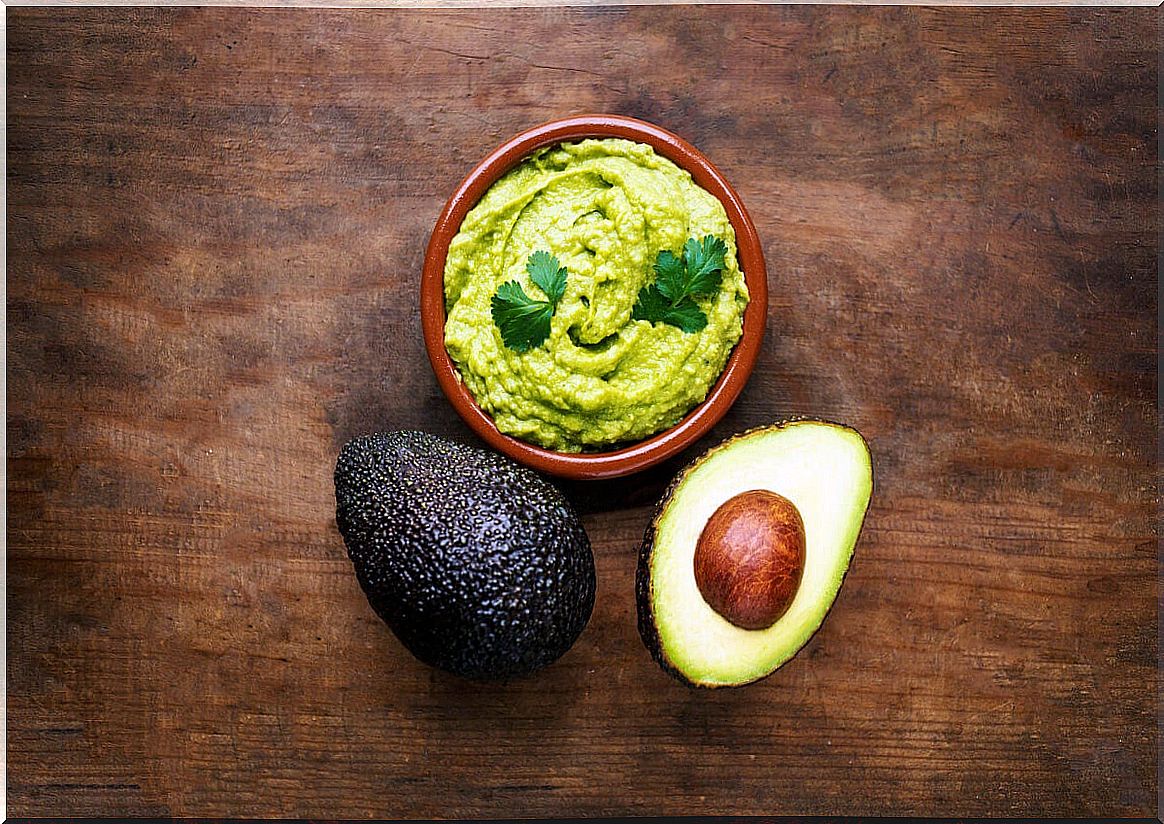
Gooseberries
The black currant plant is used in its entirety for various therapeutic purposes; from the leaves to the seeds to make oil. Gradually, it is more common to find fresh gooseberries in the market, along with other berries such as raspberries, blueberries or blackberries.
By consuming 100 grams of gooseberries, it is possible to obtain up to 1.4 grams of protein. They can be added to yogurt, ice cream, breakfast cereals, and even salads.
Vegetables and vegetables with more protein
To complement the diet, you should not miss vegetables that contain protein. These, among other things, contain water and fiber that contributes to good digestive health. In addition, they are versatile foods that can be included in daily dishes.
Brussels sprouts
This is one of the vegetables with the highest amount of protein, as it provides around 3.5 grams per 100 of fresh produce. But its properties are not limited there; it also contains vitamins, minerals and antioxidant substances that benefit health in many ways.
Spinach
Perhaps it is not true that spinach helps build strong muscles as if by magic. Despite this, 100 grams of fresh vegetable contains 2.86 grams of protein that are added to those provided by other foods.
It also concentrates antioxidants such as lutein and zeaxanthin, which stand out for their ability to protect the eyes from damage caused by the sun’s rays. They could even help prevent macular degeneration or cataracts.
Broccoli
This food, from the cruciferous family, occupies the same place on the list as spinach, since 100 grams of raw vegetables also have 2.86 of protein. It should also be noted that all those from the same group are studied for having multiple benefits in general health.
Broccoli also stands out for its amount of vitamin C, difficult to find among greens and vegetables. If it is accompanied with plant foods that contain iron, it helps to improve its absorption.
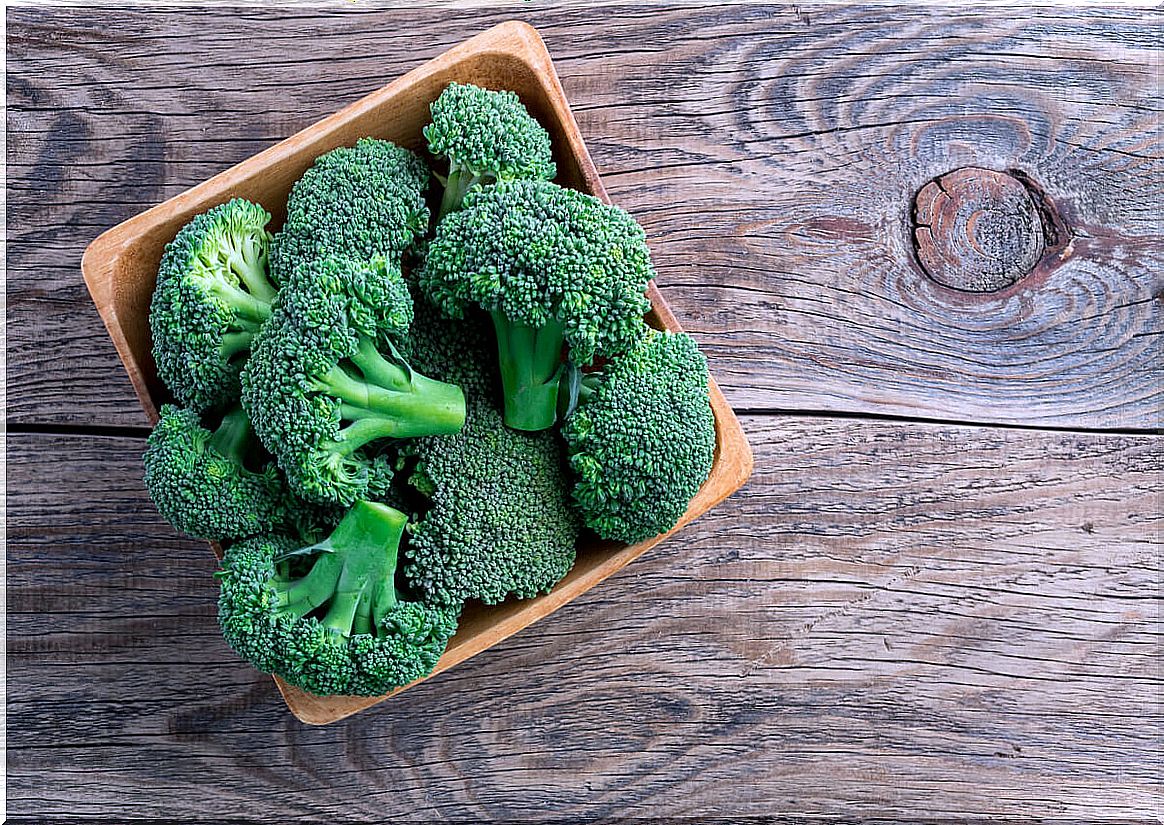
Asparagus
It is estimated that in 100 grams of raw asparagus are 2.2 of protein. It also provides vitamins, minerals, carbohydrates and antioxidants that help promote well-being.
One of the benefits attributed to it is its ability to reduce blood pressure , a health problem that affects a large number of people today.
Are fruits and vegetables high in protein?
When it comes to foods that provide protein, those mentioned are not the ones that are at the top of the list. The main sources are those of animal origin, such as meat, fish or eggs that provide all the essential amino acids.
There are also vegetable options that have a good supply of this nutrient. Some examples are the following:
- Legumes, such as chickpeas or lentils.
- Tofu
- Tempeh.
- Quinoa.
In recent years, a greater consumption of the latter has been promoted due to its possible benefits for health and the environment. In this case, it is recommended to opt for legumes, nuts and soy derivatives, and bear in mind that fruits, vegetables and vegetables with proteins serve to complement them.
